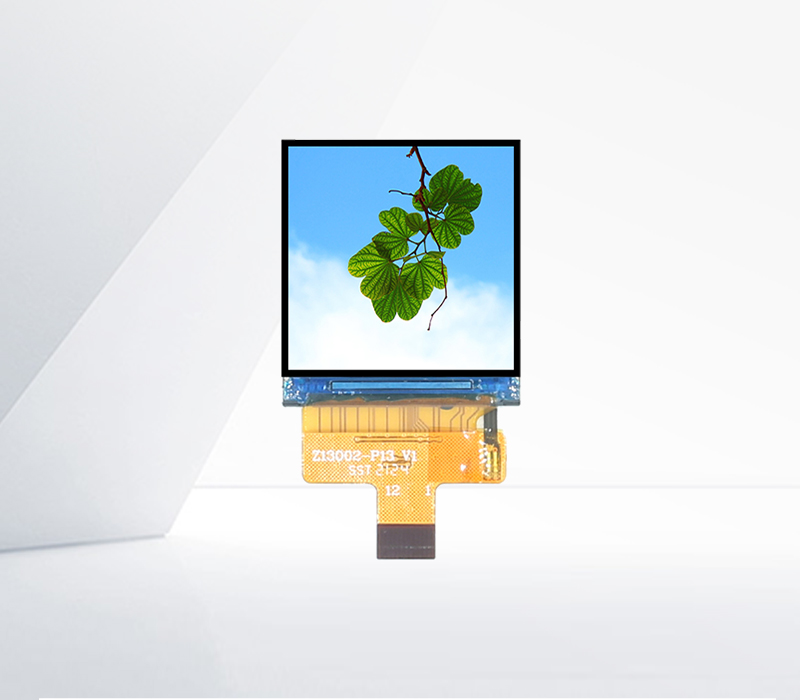




Resistive touchscreen LCD modules are a type of interactive display that detects touch input through pressure, making them highly durable and versatile for applications where reliability and cost-effectiveness are prioritized. They consist of a standard LCD panel layered with two transparent resistive films (typically indium tin oxide, ITO) separated by a small air gap or microdots, with the top film being flexible to respond to pressure.
The operating principle of resistive touchscreen LCD modules is based on voltage division. When the top film is pressed, it makes contact with the bottom film, completing an electrical circuit. The module’s controller calculates the touch coordinates by measuring the voltage at the point of contact, which corresponds to the X and Y axes of the screen. This mechanism allows detection of any object that applies pressure, including fingers, styluses, gloves, or even pens, making them ideal for use in environments where users may not have bare hands (e.g., industrial settings or medical facilities).
One of the key advantages of resistive touchscreen LCD modules is their durability and cost-effectiveness. The simple construction—fewer layers compared to capacitive touchscreens—makes them less expensive to manufacture, making them a popular choice for budget-conscious applications. They are also resistant to dust, moisture, and chemicals, as the sealed resistive layers protect the underlying LCD panel. This robustness makes them suitable for industrial control panels, point-of-sale (POS) terminals, and outdoor kiosks, where the device may be exposed to harsh conditions.
However, resistive touchscreens have limitations compared to capacitive models. They typically support only single-touch input, meaning they cannot detect multi-touch gestures like pinch-to-zoom. The additional resistive layers also reduce light transmission by 10-20% compared to non-touch LCDs, resulting in slightly lower brightness and contrast. Additionally, the top film can wear over time with heavy use, leading to reduced sensitivity or dead spots, though modern designs use reinforced materials to extend lifespan.
Resistive touchscreen LCD modules are available in various sizes, from small 3-5 inch displays (used in handheld devices like barcode scanners) to larger 15-21 inch panels (used in industrial monitors or POS systems). They operate well in both bright and dim environments, as their performance is not affected by ambient light—unlike capacitive touchscreens, which can struggle in direct sunlight.
resistive touchscreen LCD modules excel in applications requiring durability, cost-effectiveness, and compatibility with various input methods. While they lack some of the advanced features of capacitive touchscreens, their reliability and versatility make them indispensable in industrial, commercial, and medical contexts where robust performance is paramount.
